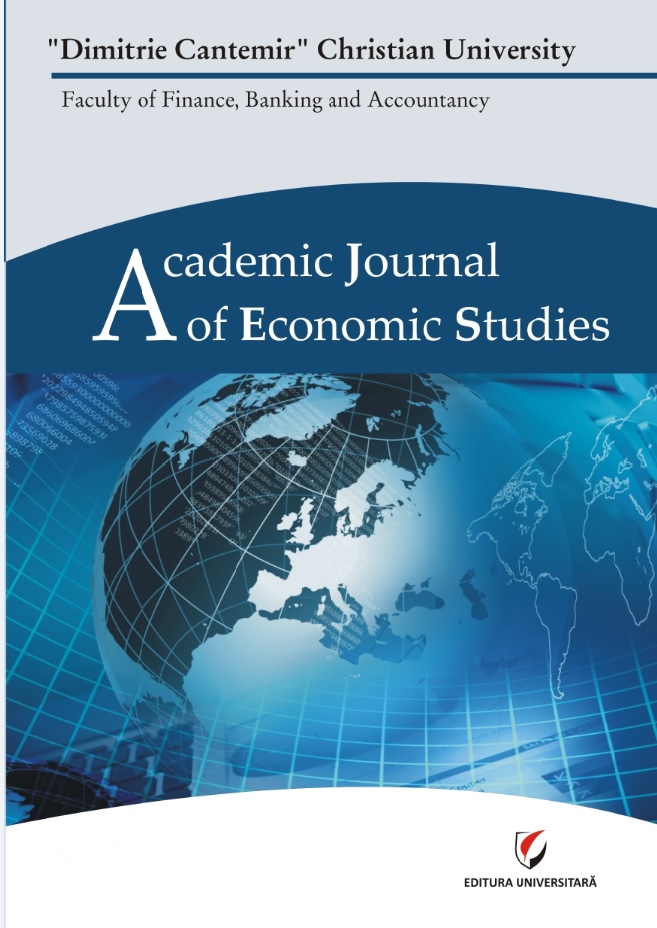A Game Theory View of China and USA FDI Outflows: Static Cournot Model of Complete Information
A Game Theory View of China and USA FDI Outflows: Static Cournot Model of Complete Information
Author(s): Robby Timothy Warioba, Kennedy Arthur Wainyaragania, Bassiratu Ballay MansaraySubject(s): Business Economy / Management, Socio-Economic Research
Published by: Editura Universitară & ADI Publication
Keywords: Game Theory; FDI outflows; Nash equilibrium; Cournot model
Summary/Abstract: This study seeks to examine a game theory view of China and USA FDI outflows using the Static Cournot Model of Complete Information to show how the two countries can come into equilibrium. It is specifically aimed at establish, examining and analyzing the best and fair equilibrium on FDI outflows between the two countries. The study uses annual time series data for a range of 1982 to 2016 on both FDI outflows in China and USA. The study finds Game theory to be the efficient framework on finding the equilibrium of the conflict through Cournot Duopoly Model. The study employed cointegration analysis and OLS method to achieve the objective. The results showed that when game theory is applied in a static situation with complete information, Nash equilibrium is established both when the countries decide to cooperate or not to cooperate. But the gains are much higher when the countries decide to cooperate. The main conclusion is that, there is a conflict solving solution to the battle on FDI outflows between these countries if they decide not to cooperate. However, if both countries decide to cooperate then they will monopolize the FDI outflows market by higher levels and maximize the total gains.
Journal: Academic Journal of Economic Studies
- Issue Year: 5/2019
- Issue No: 2
- Page Range: 99-107
- Page Count: 9
- Language: English

